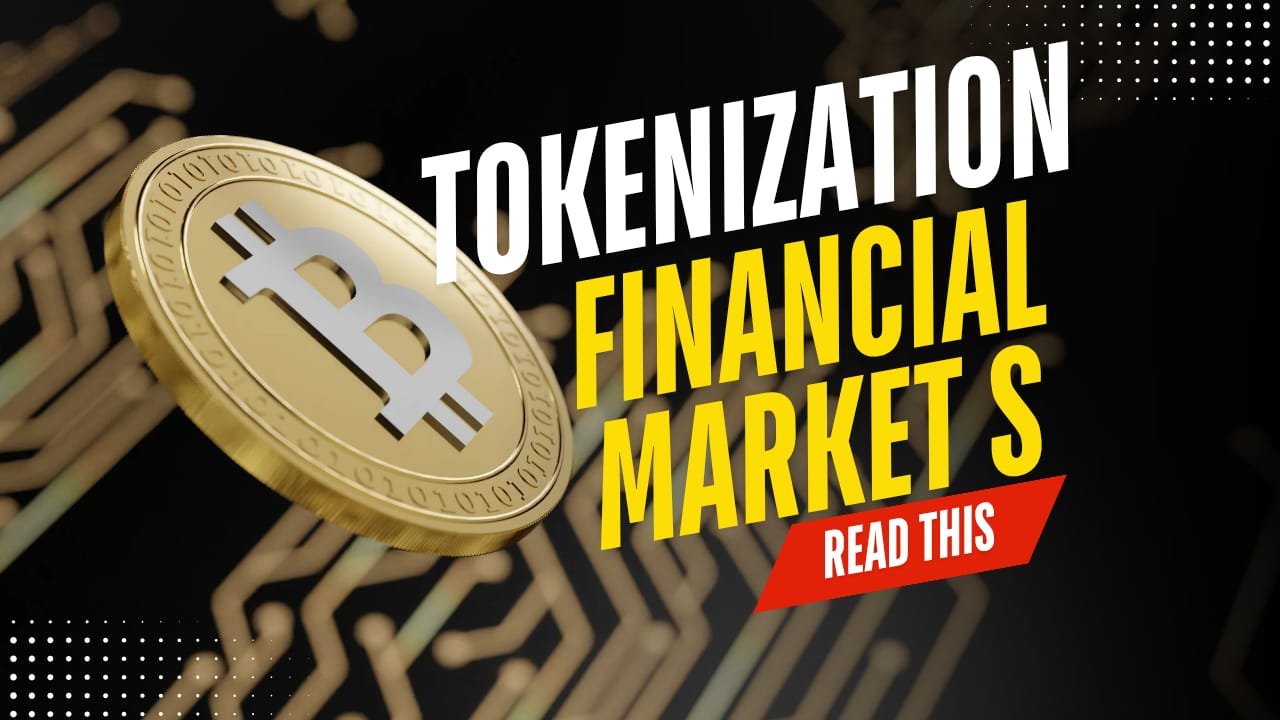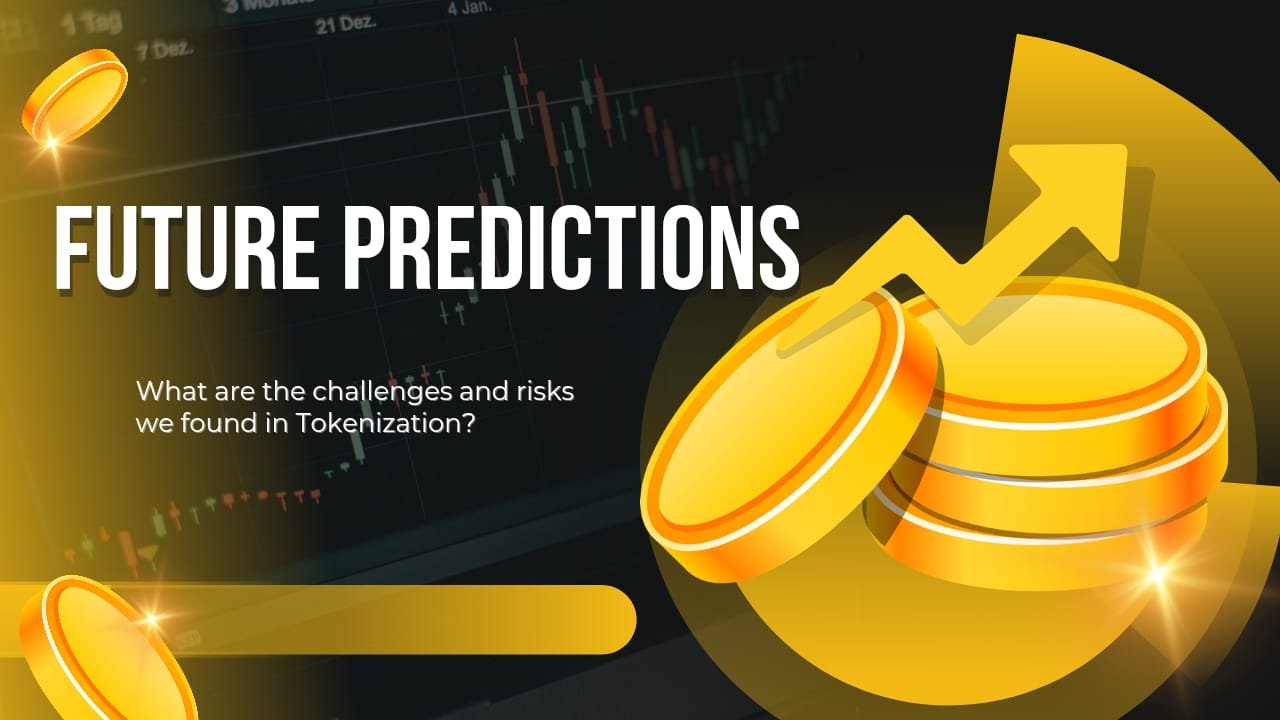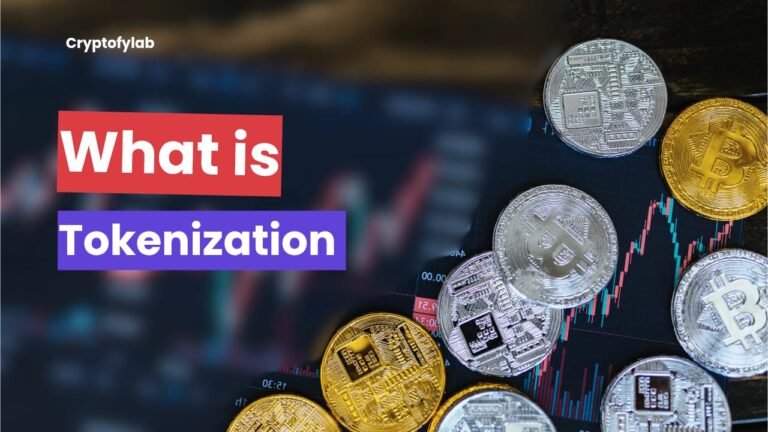In the evolving landscape of financial services, one of the most promising and riotous developments is the rise of asset tokenization — the process of transforming real-world assets into digital tokens on a distributed narrow surface. This shift has the ability to remap how financial markets operate, how capital is assigned, and how investors access and trade assets. The implication is that not only traditional securities but also previously illiquid or niche assets can become more fungible, accessible and globally tradable.
What is Asset Tokenization?
At its core, asset tokenization means converting ownership or claim rights in a tangible or intangible asset into a digital token recorded on a distributed ledger. For example, a piece of real estate, a bond, a share in a company, commercial-property income stream or even intellectual property rights can be “tokenized” so that each token corresponds to a part of that underlying asset. In financial-market terms, this means that the token becomes a way that represents the underlying asset’s economic rights, and can move through digital trading, settlement and governance structure in ways that portray or sometimes improve traditional systems.
Assets Tokenization Gaining Momentum?
There are a number of drivers pushing tokenization into the spotlight of modern financial services fractional ownership and availability with tokenization, high-value assets can be broken into many smaller tokens, lowering the entry barrier for investors.
Increased liquidity of illiquid assets that traditionally sat locked up, when tokenized be traded more readily in secondary markets, potentially opening up new segments of the market. Operational and settlement efficiencies digital tokens on distributed ledgers allow for faster, cheaper settlement, fewer intermediaries, and more transparency .
Global reach and 24/7 markets when assets are tokenized, they’re no longer strictly tied to local infrastructure or business hours; they can trade across borders more easily, and around the clock in principle. Programmability Tokens can be programmed to embed rules about ownership, dividends, compliance, transfer restrictions — all of which open up innovation in how financial markets work. Introducing these drivers, it’s not a big deal that many in the financial-services space see tokenization as more than just a niche innovation they see it as a fundamental shift in how assets and capital may behave in future markets.
Tokenization Affect Financial Services And Financial Markets how?
Let’s uncover some of the key implications for the realms of “financial services” and “financial markets”. For financial services new infrastructure models ,traditional services underwriters, custodians, settlement systems, transfer agents may evolve or be bypassed. Tokenized assets may trade person-to-person with fewer intermediaries. This changes business models in financial services. Custody & identity innovations with tokens, the mechanics of custody and identity verification become analytic. Who buys the token? How do you prove your rights? How do you transfer legally? These aspects become major service lines.

Regulatory & compliance overlay since many tokenized assets indicate real laws, financial-services firms must integrate KYC/AML, regulatory compliance, reporting and auditability into new token-based workflows. That becomes a service challenge and opportunity. Product innovation financial services hard can create new kinds of products tokenized fund shares, deep-liquid assets, fractional real-estate funds, mixed asset-token portfolios thereby expanding the range of investible offerings. Cross-border servicing and access because tokens can travel globally, financial-services resistance can serve new investor bases, in new geographies, with different regulatory regimes, increasing the competitive scope of players. For financial Markets Liquidity expansion tokenization opens the door to more continuous trading of past illiquid assets. That changes market dynamics price discovery, bid-ask spreads and market depth. Market integration & fragmentation as more asset classes become tokenized, the lines between different markets (private vs public, equity vs real-estate) blur.
Markets become more integrated, facilitating cross-asset allocation more fluidly. Settlement speed and risk reduction currently many financial market transactions take days to settle (via legacy systems). Tokenized assets promise near-real-time settlement, reducing counterparty and settlement risk, and freeing up rate. Transparency & audit trails on-chain records of token transfers bring visibility to ownership, transfers, and provenance, thus enhancing trust in markets. New access for investors retail or smaller investors can participate in asset classes previously reserved for institutions. This democratized markets but also raises questions about investor protection and regulatory oversight. Programmable markets sharp contracts can automate aspects of trading, settlement, dividend distribution, compliance monitoring. Markets become not just digital but smarter.
All It’s Not Rosy. What Are The Challenges And Risks?
As with any transformative technology in financial markets and services, there are hazards, questions and headwinds. Regulatory and legal uncertainty while the token is digital, the underlying asset still sits in the physical or legal world. Accommodate digital ownership with legal rights is complex. Fluid legal frameworks are a big risk. Liquidity ≠ guaranteed even though tokenization promises liquidity, empirical data give many tokenized assets still suffer from poor secondary market trading volume and investor participation. Custody and asset-linkage issues tokenizing an asset doesn’t automatically make it tradable. You still need to save linking of the token to the asset (or claim), trusted oracles, verifiable ownership and robust infrastructure. Valuation, transparency and market-structure risks for non-traditionally-traded assets, establishing trustable valuations is hard; this can destroy trading and investor expectations.
Technology and interoperability many tokenization platforms, block-chain, protocols exist. Make sure interoperability, standardization, portability of tokens becomes critical. Cyber, fraud and custody risk digital tokens invite risks of hacking, wallet vulnerabilities, fraud, identity theft which may be higher for new models. Regulatory arbitrage and investor protection some tokenized products may be structured in jurisdictions with lighter regulation, which raises the risk of inadequate investor protection or regulatory evasion. Transition-costs and inertia legacy financial-services providers, regulators and market participants have deep-rooted systems. Changing infrastructure, legal frameworks, business models takes time and investment.
Global Market Emergence in Markets Like Middle East
In a global-market context, the uphold of asset tokenization is particularly relevant for emerging economies and markets (such as South Asia, the Middle East, Africa) for several reasons access to global capital tokenization can enable investors and business men in emerging markets to access global pools of capital more seamlessly, reducing dependence on local intermediaries. Divide local assets high-value local assets (real estate, infrastructure, private companies) which typically have limited investor base may become fundable through tokenization to a wider investor set, increasing liquidity and valuation potential. Cross-border investing investors from anywhere can participate (subject to regulation), which helps diversification, global integration and potentially better risk-return access. Leap-frogging infrastructure high rank markets may adopt tokenized models without necessarily being burdened by legacy systems; this could allow more nimble financial-services evolution.
Feature View Point And What We Watch?

What does the horizon look like? Some trends are worth monitoring. The development of regulatory frameworks as governments and regulators catch up (for instance through pilot regimes, token-specific securities laws, digital-asset regulation), it will affect how fast tokenization can scale. Growth of tokenized market-cap some projections suggest the tokenized asset market could grow into the trillions of dollars (in global financial-markets terms) within this decade. Infrastructure and standards interoperability between token platforms, protocols, region-to-region, will be foundational. Without standardization, fragmentation will slow adoption. Institutional adoption is a major asset managers, banks and financial-services firms entering the tokenized-asset space will accelerate legitimacy and scale.
Secondary markets and liquidity mechanisms more tokenized possession issuance is great, but without strong trading, market-making, transparency and price-discovery, the “liquidity promise” may remain unfulfilled. Emerging-market engagement local players in emerging financial-markets will need to build the legal, technological and institutional frameworks to realize benefits. Risk management and investor protection as tokenized assets become more common, the new risk-landscape (cyber, custody, regulatory arbitrage, valuation) will need vigorous governance.
For more Crypto news you also read this


